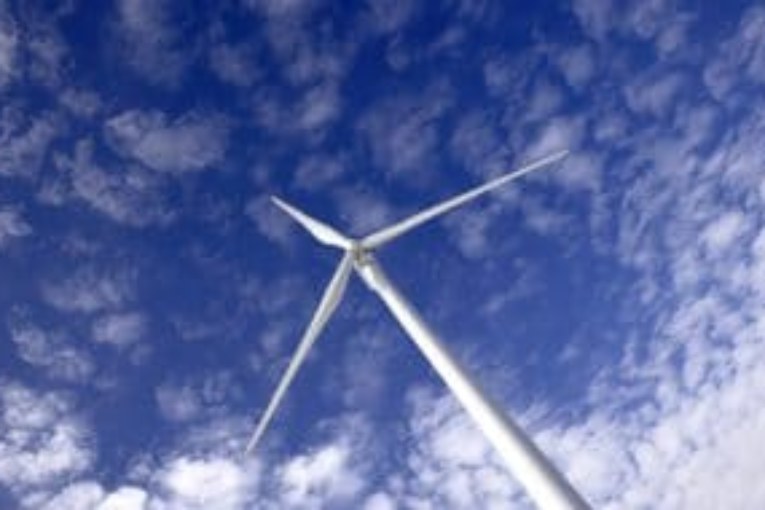
It’s a new year, and a pivotal one for the Ontario government as it updates its Long-Term Energy Plan (LTEP).
At the end of 2016, I blogged about CanWEA’s December 19 LTEP submission to the province. Over the next several weeks, I will explain how each of our recommendations would benefit Ontario and electricity consumers.
Here is our first recommendation: New non-emitting generation should continue to be competitively developed in Ontario to maintain low emissions in the electricity sector in the medium-long term.
Our message here is simple – wind energy is essential to a future in which electricity is clean, plentiful and affordable. It is a very important hedge against increases in greenhouse gas emissions, supply constraints, and cost pressures. This blog will focus on greenhouse gas emissions.
Ontario has established some aggressive greenhouse gas emission targets, including an 80 per cent reduction in emissions by 2050. Much work remains to be done if this target is to be met.
Our submission included research by Power Advisory LLC (Appendix A in the submission) that showed that Ontario is at risk of seeing an increase in greenhouse gas emissions from the electricity sector from four million tonnes in 2016 to 12-14 million tonnes in 2035. It is true that natural gas emissions have been low recently because Ontario has a surplus of non-emitting generation. But as 10 nuclear units are removed for refurbishment over the coming years and Pickering A is shut down, natural gas generation will increase, driving emissions up significantly.
There are other supply risks facing Ontario that could increase emissions. For example, there is no guarantee that all of the non-emitting electricity generation reaching end of life over the next 20 years will be repowered. As for new generation options that would not increase greenhouse gas emissions, the province has no plans for major new hydro-electric sites or new nuclear stations; and hydro-electric imports from Manitoba and Quebec would need costly new transmission lines.
On the demand side, the province has an ambitious Conservation Demand Management program – but what if it doesn’t achieve the expected results? Also, what if the province’s electricity demand is higher than is currently expected?
Without large additions of renewable technologies such as wind energy, natural gas will be the only option for keeping supply reliable – but not clean. Much more gas generation would work at cross-purposes with Ontario’s goal of de-carbonizing its economy and achieving its greenhouse gas emission reduction goals.
Our LTEP submission recommends that all new Ontario electricity supply should come from non-emitting resources. This is key to reducing emissions, especially given the expectation that Ontario will be electrifying key sectors such as transportation, buildings and industries and will need to do so with an affordable and clean power supply. Wind energy is emission free, can be built quickly, and is resistant to cost and schedule over-runs. It is also becoming the least-cost option available to Ontario – more on that in my next blog!
So to sum up CanWEA’s first LTEP recommendation, new wind energy stands out as the best solution for mitigating electricity sector emission risks, and for helping Ontario to achieve its Climate Change Action Plan goals.
Ontario Regional Director at the Canadian Wind Energy Association
You can read more of the news on source



